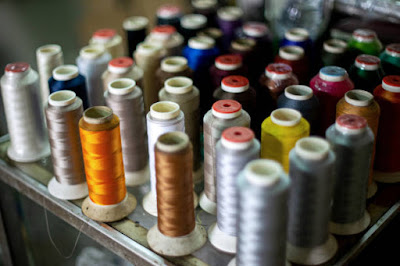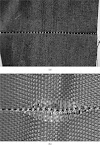Textile Fibres
Fibre is nothing but hair like structure which is very small in diameter with respect to their length. This fibres are used to make the yarn by spinning. This can be natural (cotton, wool, silk, etc.) or man-made (polyester, nylon, rayon, etc.).
Following is the classification of the fibres according it’s length and source –
According to length –
Their are two categories
1. Staple fibres –
Short length fibres e.g. cotton, wool
2. Filament fibres –
Long length fibres e.g. silk, nylon, polyester
According to source –
Natural fibres –
1. Vegetable Fibres –
A. Seed Fibres – Cotton, Kapok
B. Bast Fibres – Jute, Hemp, Linen
C. Leaf Fibres – Banana, Sisal, Pineapple
D. Fruit Fibres – Coir
2. Animal –
A. Hair Fibres – Wool, Mohair
B. Secretion Fibres – Silk
3. Mineral –
Asbestos, basalt
Man-made Fibres –
1. Regenerated Fibres
A. Cellulosic
I. Pure cellulosic
Viscose, Polynosic, Cupra
II. Modified cellulosic
Tricel, Dicel
III. Misc
Alginate
B. Protein
I. Vegetable source
Zein, Peanut, Soybean
II. Animal source
Casein
2. Inorganic Fibres –
Glass, Metal, Carbon
3. Synthetic Fibres
Polyester, Polyvinyl, Polyurethane, Acrylic, Nylon, Spandex, Teflon















0 Comments
If you have any doubts, please don't hesitate to ask